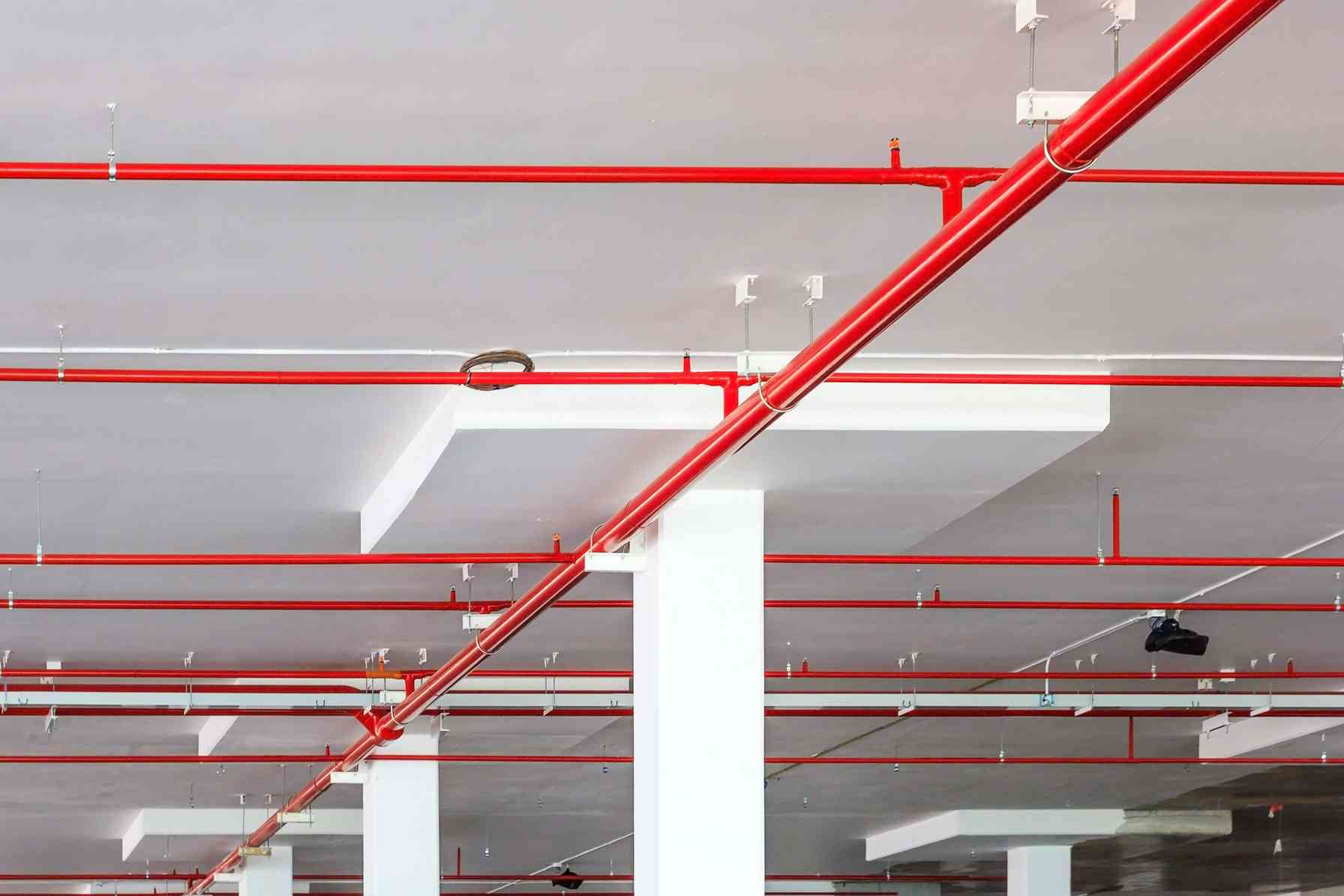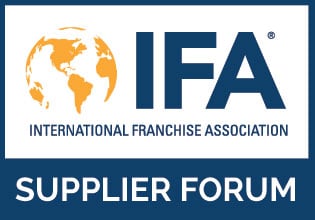Sprinkler system solutions for homeowners

Sprinkler systems are undeniably the most important firefighting tools. they detect the problem at an early stage and then sprinkle the water accordingly. We have light, ordinary and high hazard classifications which depend on the concentration of flammable materials in the property.
New York Engineers designs and installs custom sprinkler systems in commercial, industrial and residential premises. Our technicians are well-trained to manufacture any design.
Installing light, ordinary and high hazard sprinkler systems
New York Engineers is a leading provider of sprinkler engineering systems in the United States. We understand the classification and then install accordingly. In a high hazard sprinkler system, we concentrate the sprinkler head and minimize the distance in between.
Our installation is in line with the National Fire Protection Association of the United States. Need custom designs, we can accomplish that too.
and Landlord approvals, accurate construction cost bidding, upholding quality workmanship, and a smooth construction process.
Fighting Fire with the Sprinkler System: Light/Ordinary/High Hazard
Any modern building without the fire sprinkler system is incomplete, especially when taking into account the likelihood of fire versus economic and life loses. Architectural designs are now being optimized with these systems to ensure that the property and occupants of the building are safe in case the fire breaks out.
With the reliance on gases and other electrical appliances, it is possible for fire to break out from a single mistake. As thus, one needs the sprinkler systems to detect fire and extinguish it before it causes damages.
Fire sprinkler systems come in different designs per hazard classification: light, ordinary, and high hazard. Each type of hazard classification influences the design of the sprinkler. Despite their different designs, they have the same purpose ꟷ that is ꟷ to fight fire in commercial and industrial buildings.
Fire Sprinkler System Hazard Classifications
Sprinkler systems are classified in accordance with the hazard classifications: light, ordinary and high hazard. These hazards determine the characteristics of the installation with reference to the number of pumps required, the distance from each sprinkler, the number of sprinklers and the type of water supply. These parameters are expressed by the National Fire Protection Association.
- Light hazard: as reflected in the name, this one is for low-risk buildings with low fire load due to low concentrations of flammable materials. Ideally, the sprinkler would cover from 130 to 200 square feet per head while the sprinklers are placed 15 feet from each. From the wall, the distance should be
- Ordinary hazard: this category involves the environments with a medium concentration of flammable materials. Each sprinkler head covers 130 square feet while also placed 15 feet apart.
- High hazard: the high hazard classification involves areas with a higher concentration of flammable materials. These are likely high-risk areas that need more water to distinguish fire. A sprinkler head covers from 90 to 130 square feet while placed 12 feet apart.
Installation of fire sprinkler system
Installing fire sprinkler systems: light/ordinary/high hazard involves a network of pipes that have to be connected to a constant water supply. A qualified and experienced plumber is needed to optimally install this network of pipes to fit the sprinklers with high volumes of water when the need arises.
There are different types of sprinkler systems which can influence the way the pipes are installed; they are also dependent on the hazard classification.
A fire department or personnel would be able to advise that which sprinkler system is most suitable for your situation. For instance, there is, among others, a wet sprinkler system, alternate system, dry pipe system, deluge, and foam systems.
Wet sprinkler system: This system is often installed in
Dry sprinkler system: if the surrounding temperature is cold enough to freeze the pipes as well as the water, the dry system is preferred as it does not hold water but a pressurized air in the pipes. Water is held at the control valve and released when it is needed to extinguish the fire after the pipe has been activated.
Alternate system: this one serves as the hybrid between the wet and the dry sprinkler system. Essentially, it alternates holding water or pressurized air in the pipes depending on the season. If the ambient temperature is favorable, then water is held; and if the temperature is too cold, then a pressurized air is held in the pipes.
Deluge system: with the deluge system, the valves are always connected to the water supply ready for action. The system could be best-suited for high-risk areas that demand instant flow of water upon pipe activation. The environments ideal for this type of sprinkler system are the ones where chemicals (extremely flammable materials) are stored.
Foam sprinkler system: this system involves a mixture of foam and water, which is released to suppress flammable liquids on fire upon activation.
Benefits of fire sprinkler systems
- Save lives and property: For over 100 years since the sprinkler systems have been developed, they have saved many lives and properties. They extinguish the fire before the fire brigade arrives, but are effective in the initial stages. A typical sprinkler system can discharge about 60 liters per minute whereas a fire brigade can discharge hundreds of liters per minutes, which then makes them ideal for large fires.
- Use less water: the sprinkler heads discharge less water compared to the fire brigade. This conserves water and at the same time saves lives. The use of less water is achieved by an early detection of fire.
- Reduce fire damages: if the fire brigade was to be called, the fire would have damaged certain parts of the property before they arrive. Fire sprinklers reduce the damages by detecting the fire early and then extinguishing it before it becomes uncontrollable.
- Alert property occupants: to save more lives, sprinkler systems trigger an audible alarm to wake the occupants in case of fire.
- Operates non-stop: the systems are always there 24 hours a day throughout the year. That said, no chance of unforeseen fire.
Fire sprinkler systems: light/ordinary/high hazard help owners fight the fire before it does major damages to property or kill the occupants. The sprinklers are installed according to the hazard classifications from light to high hazard where highly flammable materials are available. There are many sprinkler systems to take into account when installing these systems.
Moreover, to install the sprinkler systems requires a highly qualified and experienced MEP engineer with a high regard for value because the installation involves a network of pipes to be connected to a reliable water source.
Due to the importance of these systems, the installation shouldn’t be compromised by assigning the task to inexperienced personnel.





